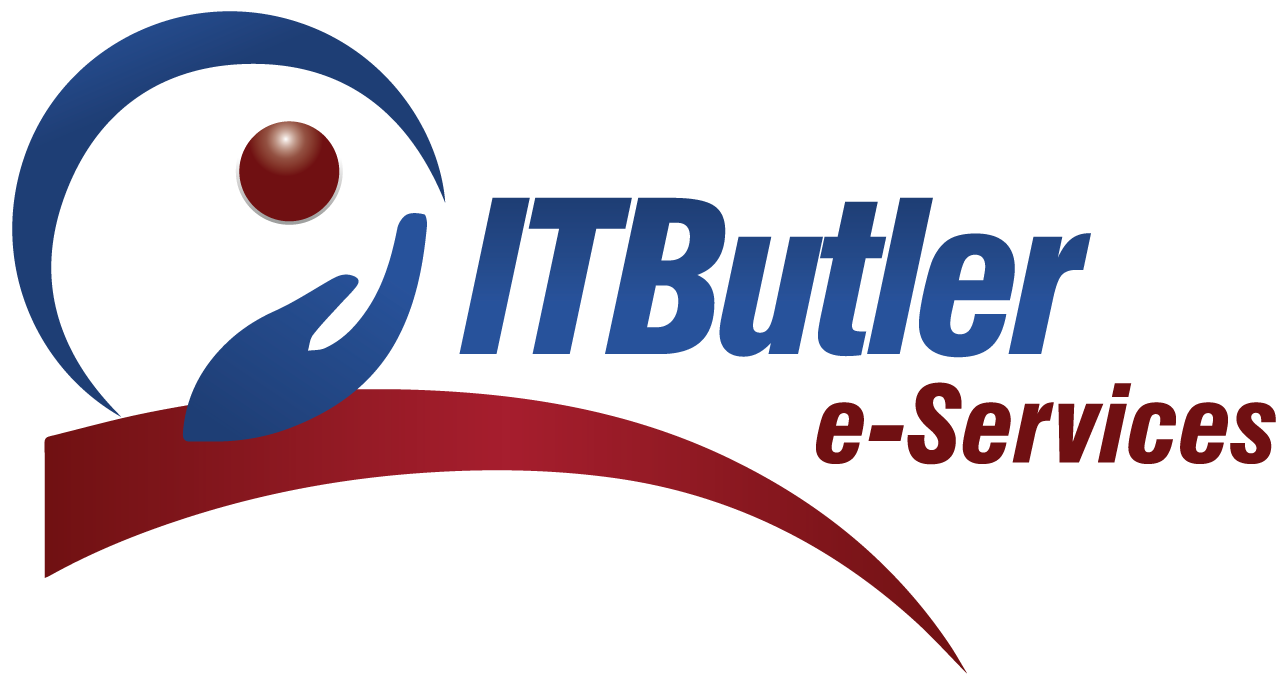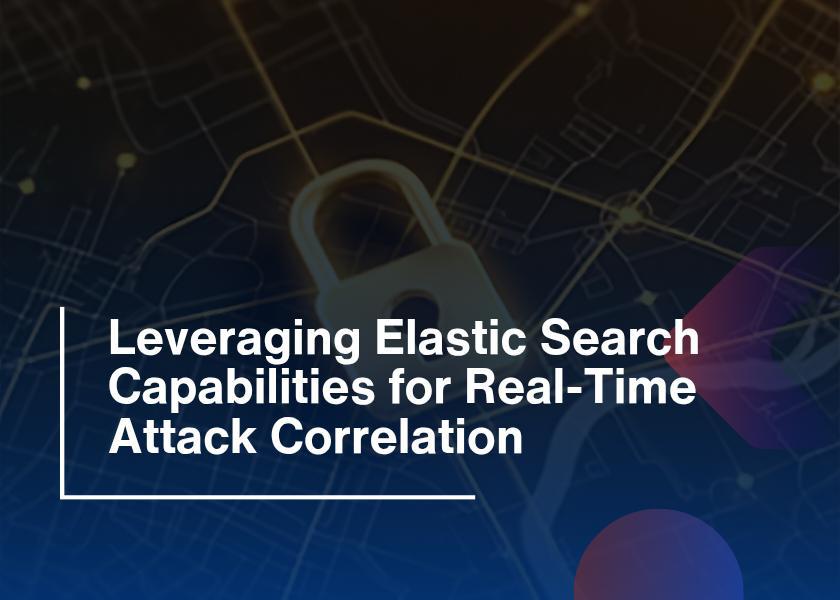As organizations increasingly migrate to the cloud, protecting data while meeting regulatory requirements has become more critical than ever. In this fast-paced digital age, cloud security and compliance play a vital role in ensuring that cloud environments are both secure and legally compliant. But how exactly do these two concepts, cloud security and compliance, interact?
In this article, we will explore how cloud security works hand-in-hand to safeguard sensitive data, maintain trust, and avoid penalties. We’ll also break down the strategies, tools, and best practices that can help your organization achieve both.
Understanding Cloud Security and Compliance
To sum up, cloud security and compliance are about making sure that how the cloud is used follows well-known security ideas, the law, and accepted industry rules. Basically, this involves ensuring that your cloud systems are secure and in line with the regulations in your business. In addition, managing personal health information in the United States means you have to follow HIPAA requirements. When you collect payment information, PCI DSS must be followed. As you handle the data, it is also important to avoid unauthorized use, data breaches, and ensure its secure storage at all times.
Using encryption, identity services, access controls, and similar measures, cloud security protects data, but it is compliance that ensures the security measures are suitable for the law and industry. As a team, they ensure the cloud environment stays safe and reliable.
Why Cloud Security and Compliance Matter
More than at any other time, cloud security compliance cannot be taken for granted. Because companies often deal with users in multiple countries and collect a lot of customer information, which means they are watched more closely by regulators. Therefore, having weak security or not meeting compliance expectations can lead to data breaches, fines, and a damaged reputation.
Yet, apart from breaking rules, customer trust is also crucial. However, most clients choose companies that confirm their data is secure and they follow laws such as GDPR or CCPA. Furthermore, it is no longer optional for businesses to secure and comply with cloud services; it is required for success.
What Makes Cloud Security Strong
Before we look at how cloud security and compliance work together, it’s important to understand the important parts of cloud security.
1. Identity and Access Management
IAM makes sure that only proper users are allowed into cloud systems. Therefore. Multi-factor authentication and role-based access control are the first important policies used to secure IAM.
2. Data Encryption
Handling data protection enables it to remain secure since unauthorized access is prevented even when your cloud is breached.
3. Discovering and dealing with cyber threats
Catching suspicious activities upfront is possible with real-time monitoring and threat detection. So, thanks to this, companies can act more promptly to stop threats and minimize harm.
4. Security Automation
Cloud service providers generally provide automation that checks for errors, enforces rules, and quickly handles security issues. Because of automation, activities are repeated in the same way, and errors are reduced.
In conclusion, they all uphold cloud security compliance by offering the technical security needed to follow legal guidelines and standards.
Common Compliance Standards in the Cloud
Every industry and region has its guidelines for following compliance laws. Here are a few typical examples where cloud operations meet these problems:
- GDPR (General Data Protection Regulation): Firstly, it covers organizations that have EU residents as their data subjects. Make certain that user privacy, permission, and data security are addressed.
- HIPAA (Health Insurance Portability and Accountability Act) is a law that sets rules for healthcare data in the United States.
- PCI DSS (Payment Card Industry Data Security Standard) keeps credit card data from being stolen.
- In a SaaS setting, SOC 2 (System and Organization Controls) emphasizes data security, availability, and confidentiality.
- ISO/IEC 27001: Adopted worldwide for managing information security systems.
Ensuring cloud security compliance means aligning your cloud infrastructure with the specific requirements of one or more of these standards.
How Cloud Security and Compliance Work Together
Now that the basis is clear, let’s see how cloud security works hand in hand to ensure complete security.
1. Compliance Relies on Strong Security
Ensuring security forms the basis for being compliant. As an example, GDPR means organizations have to protect personal data. To protect the data, one must rely on encryption, access control, and monitoring.
Moreover, compliance cannot exist without doing cloud security properly. That’s why the first step to compliance is protecting your systems.
2. Security Must Align with Compliance Goals
At the same time, some security precautions still do not work all the time. Your security policies should comply with certain legal and regulatory rules. Therefore, GDPR encourages organizations to encrypt data and requires them to respect consent and uphold the rights of data subjects.
Thus, organizations need to apply security measures that match compliance rules, which makes it a team effort by IT and legal/compliance groups to maintain cloud security and compliance.
3. Audits Connect Both Worlds
Regular checks called audits demonstrate that a company meets safety laws. In addition, auditors frequently check security policies, log files, data processing methods, and similar areas during such audits. Therefore, how secure you are affects how easily you comply with the rules during audits.
4. Documentation and Reporting.
Both cloud security need to be well documented. Additionally, security teams need to record the rules for access control, the standards for encryption, and the plans for responding to incidents. These teams rely on the documentation to produce reports and show they are acting responsibly.
Challenges in Maintaining Cloud Security Compliance
Even with the best intentions, maintaining cloud security compliance is not always straightforward. Here are some common hurdles organizations face:
1. Misconfigurations
Cloud platforms are flexible, but that flexibility can lead to errors. A single misconfigured storage bucket can expose sensitive data.
2. Shared Responsibility Model Confusion
Many organizations assume their cloud provider handles all security. However, under the shared responsibility model, the provider secures the infrastructure while you’re responsible for configurations, access, and data protection.
3. Rapid Cloud Adoption
Moving fast to the cloud often means skipping over security and compliance planning. This results in patchy coverage and increased risk.
4. Lack of Visibility
Multi-cloud and hybrid environments make it harder to track assets, users, and data flows. Without visibility, enforcing cloud security compliance becomes almost impossible.

Best Practices for Aligning Cloud Security and Compliance
So, how can your organization bridge the gap in cloud security? Below are some tried-and-true best practices:
1. Conduct Risk Assessments Regularly
Understanding your risks helps tailor security controls that meet compliance needs. Therefore, perform assessments at least quarterly or after any major change.
2. Automate Security Policies
Use tools that enforce configurations, monitor for violations, and auto-remediate issues. This reduces the chance of non-compliance.
3. Use CSPM Tools
Cloud Security Posture Management (CSPM) tools continuously scan your environment for misconfigurations and compliance gaps.
4. Maintain Up-to-Date Documentation
Always have clear documentation of security policies, procedures, and evidence of compliance activities.
5. Collaborate Across Teams
Security and compliance should not operate in silos. Regular meetings between IT, legal, and compliance teams help create shared goals and unified action plans.
6. Train Employees
Human error is still a top cause of breaches. Train employees on cloud best practices and compliance responsibilities.
The Role of Cloud Providers in Compliance
Cloud providers like AWS, Google Cloud, and Microsoft Azure offer compliance-ready environments, but it’s up to you to configure them correctly. They provide tools, whitepapers, and certifications to help you build a compliant setup.
However, remember that cloud security is a shared journey. You can’t “outsource” your legal responsibilities simply by choosing a compliant cloud provider.
Future of Cloud Security and Compliance
As regulations continue to evolve and threats grow more complex, the relationship between security and compliance will only strengthen. We can expect:
- Increased automation in audits and reporting
- AI-driven threat detection tailored to compliance needs
- Tighter integration between cloud security platforms and compliance dashboards
Forward-thinking organizations will stay ahead by embedding cloud security & compliance into every layer of their infrastructure and operations.
Conclusion
To sum it up, cloud security is about more than just checking boxes. It’s about building a secure, trustworthy, and resilient cloud environment. When cloud security and compliance work together, they not only protect your business from threats but also ensure you meet your legal obligations.
So, whether you’re a startup or an enterprise, integrating both cloud security and compliance into your strategy isn’t just wise, it’s essential for long-term success. Actively build the partnership between these two critical functions today, and you’ll face whatever tomorrow brings with confidence.






